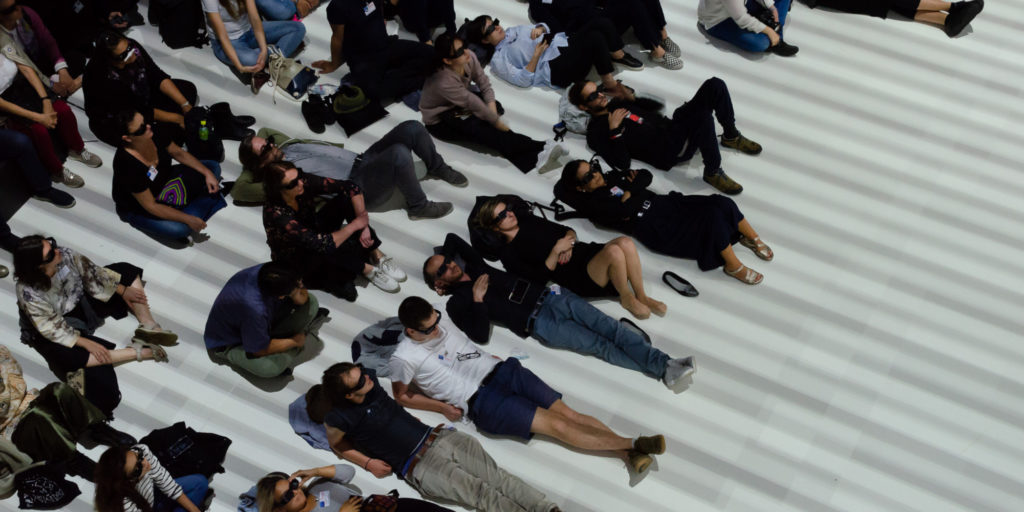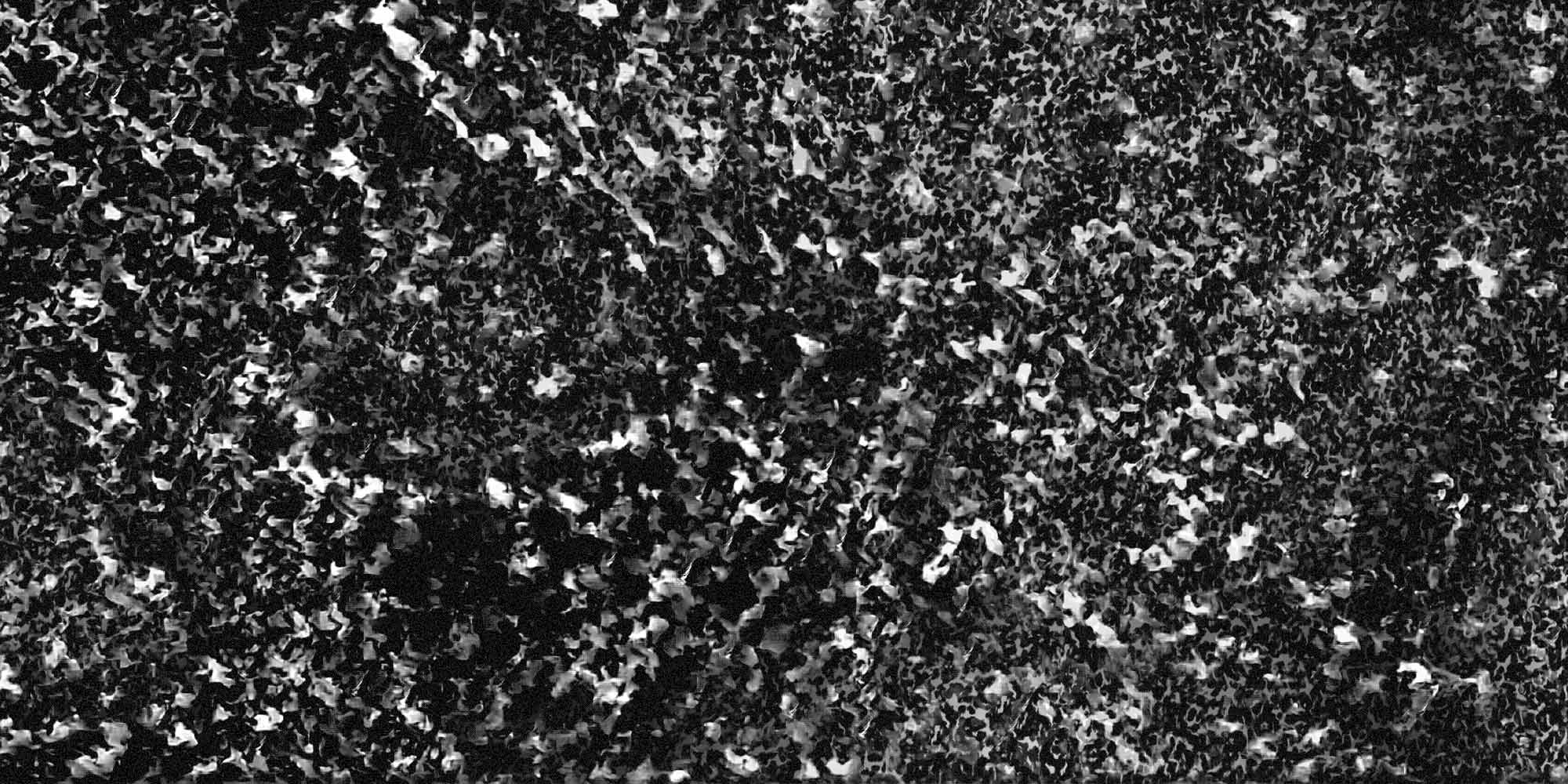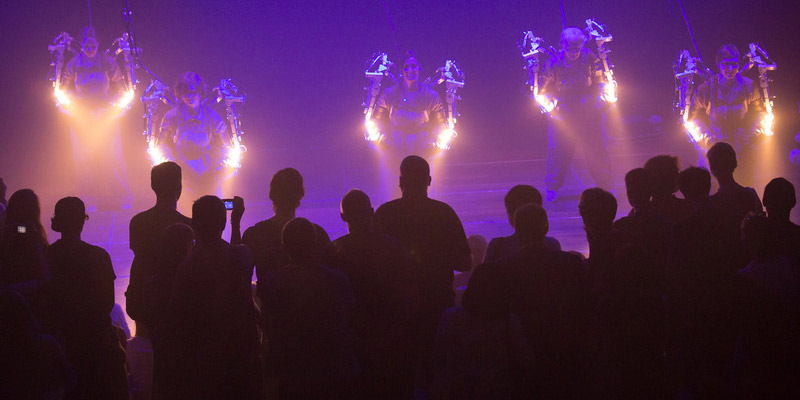KEEP THAT DREAM BURNING
AT / DE / 2017
2.39:1, 35mm, 8 min.
Rainer Kohlberger´s eight-minute film keep that dream burning begins with extremely fine black-and-white particles that flutter across the screen. Coagulating into rough structures, they transform into a storm of jagged artifacts and steadily changing spots of light. With the introduction of the flicker effect, the floating electronic sound turns into a piercing rhythmic wafting and comes to rest towards the end – to the image of a black hole subtly growing deeper and deeper. Concrete object and events continually materialize from the active particles: dispersing debris, fireballs, and smoke barely evoke images of explosions familiar from action films, before disappearing again in static. The static in Kohlberger´s work packs a punch. The term white noise describes the continuous overlay of different tone frequencies across broad areas of the audible spectrum. The white noise of an analog television, also known as “snow,” appears when the device is not receiving any antenna signal: an image of constant movement without legible information. In Don DeLillo´s 1984 novel White Noise, this state of vacant communication serves as a metaphor for inflated consumer culture and manmade catastrophes, as well as for the search for undefined energies. Whereas DeLillo draws a scenario that transcends real experiences (similar to those of a child) beyond medial simulations, Kohlberger enters the now independent machine, which he positions to learn and apply transformations of images in accordance with his aesthetic guidelines. On the one hand, keep that dream burning points to the increasing use of algorithms to produce resounding movements, such as fire or water, in big cinema´s special effects, while on the other hand, the “old” world breaks apart here: The genesis of a digital aesthetic, whose developmental processes are increasingly less “understandable” for humans, takes place before our intoxicated eyes. (Florian Wüst)

MORE THAN EVERYTHING
12’40’’ Stereoscopic, Quadrophonic
This is a dance between your brain and the world. A hallucinatory figure of information that speaks on the threshold of being. We are bathed in interferences from sensual data to what might be out there. We will go to another land, we will try another sea. One plus one equals three. In a certain way, the stereoscopic image produced here, of abstract, moving information, is a remarkable test for perception. Since there is no distinct body in the space, also no object fixation takes place; our habitual seeing becomes inadequate. Already the first cut — a demonstratively implemented ubiquitous static — allows the moving picture to lift from the screen; there is no longer any dependence on the projection’s carrier surface, all visual data vibrate at a certain distance, an in between. Whereas narrative 3D cinema presumes the perceptual difference of a stable background and the depths of the bodies lifted out from it; here, an emancipation from natural object perception takes place. This stream of ambiguous visual material’s ontological status is somewhere between gas- and water-shaped. Rainer Kohlberger programs both channels differently, places a visual incoherence at the origin of the images, provokes a ›binocular rivalry.‹ Our perception apparatus no longer applies a statistically calculable synthesis, does not generate a powerful third element (the ›depth‹) but instead produces, as the title also heralds, a capricious ›more‹ from the structural ambivalence. A more that generates restlessness, even the geometric figures no longer create certainty for the order of the space. All attempts fail to locate these images interpretively. The demand for a uniform-coherent form (of the nation state, the everyday objects, or images) is rejected with the indication that coherence should always be a readiness to admit every interregnum of form, no matter how unknown or strange. (Text: Marc Ries, Translation: Lisa Rosenblatt)


